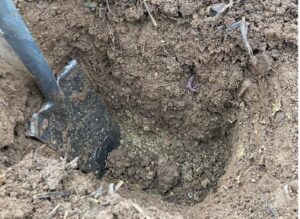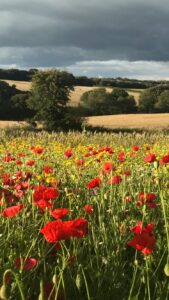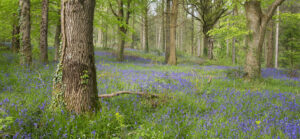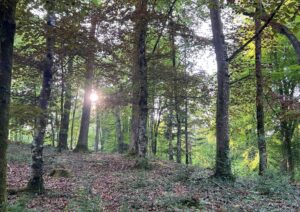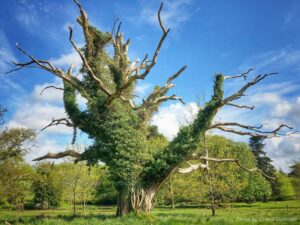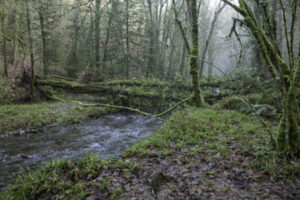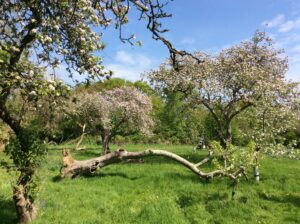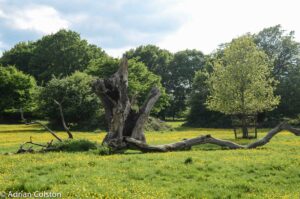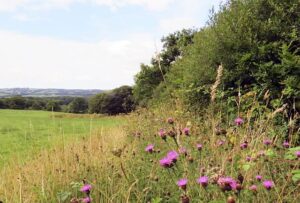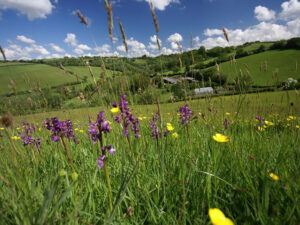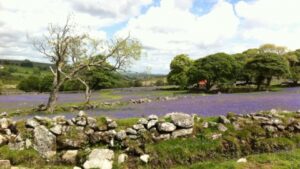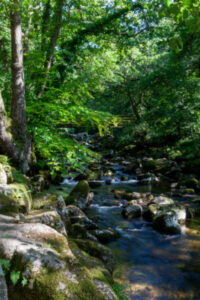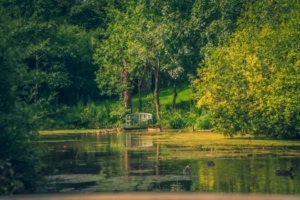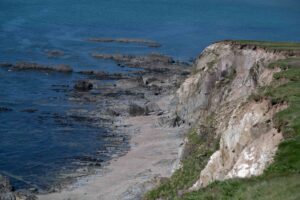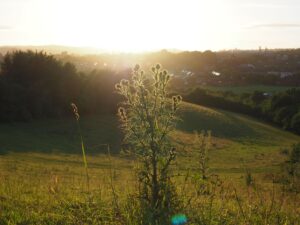The Devon LNRS identifies which habitats most need to be a focus for action in the county, including UK Priority Habitats. Each habitat page includes a description, a priority, actions, case studies and links to more information.
One priority has been written for each habitat. The wording for each priority is largely the same and based on the principles of:
- Better: The main priority is for all existing habitats to be wildlife rich.
- Bigger: Where possible, existing habitats need to be bigger. Sometimes this will be through creating more of the same habitat, such as creating larger woodlands. Sometimes creating a different habitat will be more beneficial, such as restoring a species-rich grassland next to a woodland to provide insects and seeds for bats and birds.
- More and connected: We need more wildlife-rich habitats across our landscapes, and we need them to connect so they act as stepping stones and corridors for wildlife.
- Devon Special Species: Many of these species have very specific needs that may not be met through general management of habitats. For example, rare moths and butterflies need specific foodplants and bats need a mosaic of dark, connected habitats for roosting and feeding.
- Wider benefits. We need to manage and create habitats to help reduce flooding, improve water quality, store more carbon and connect people with nature.

